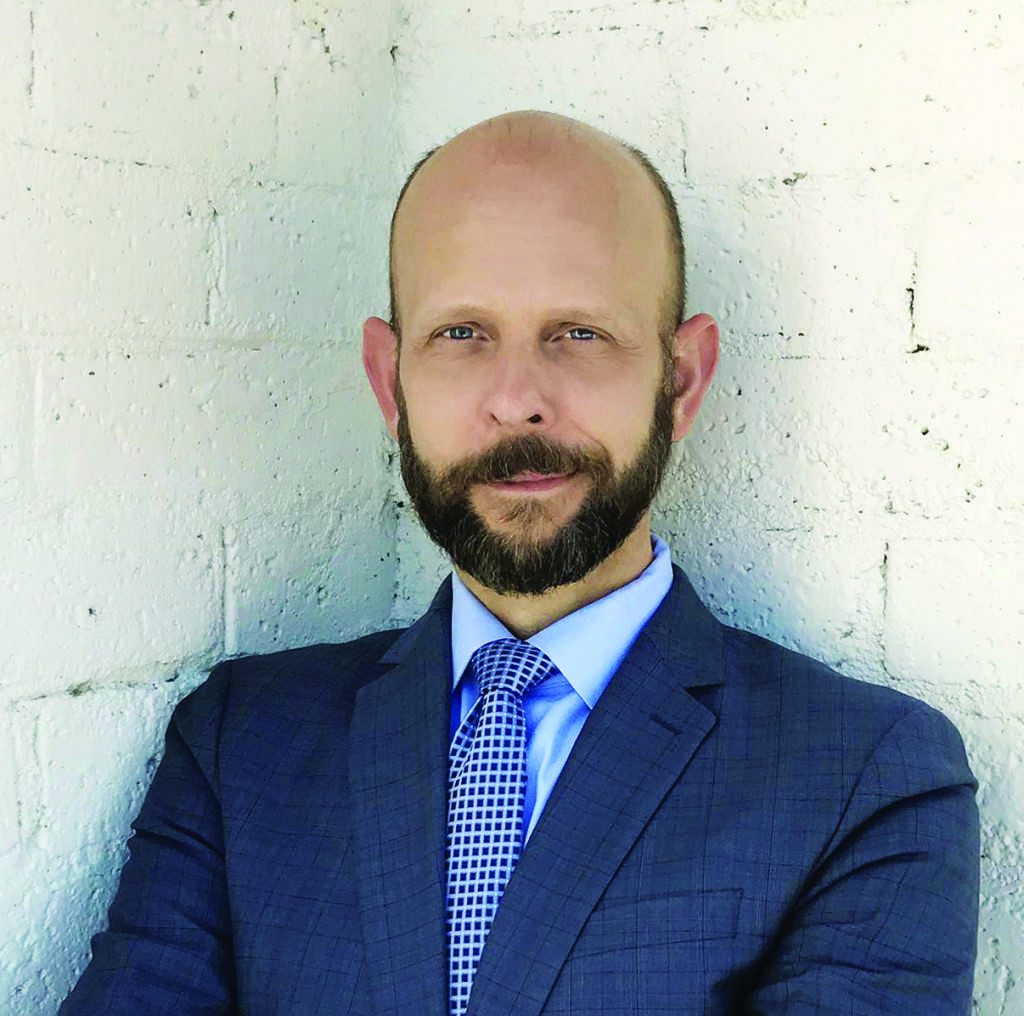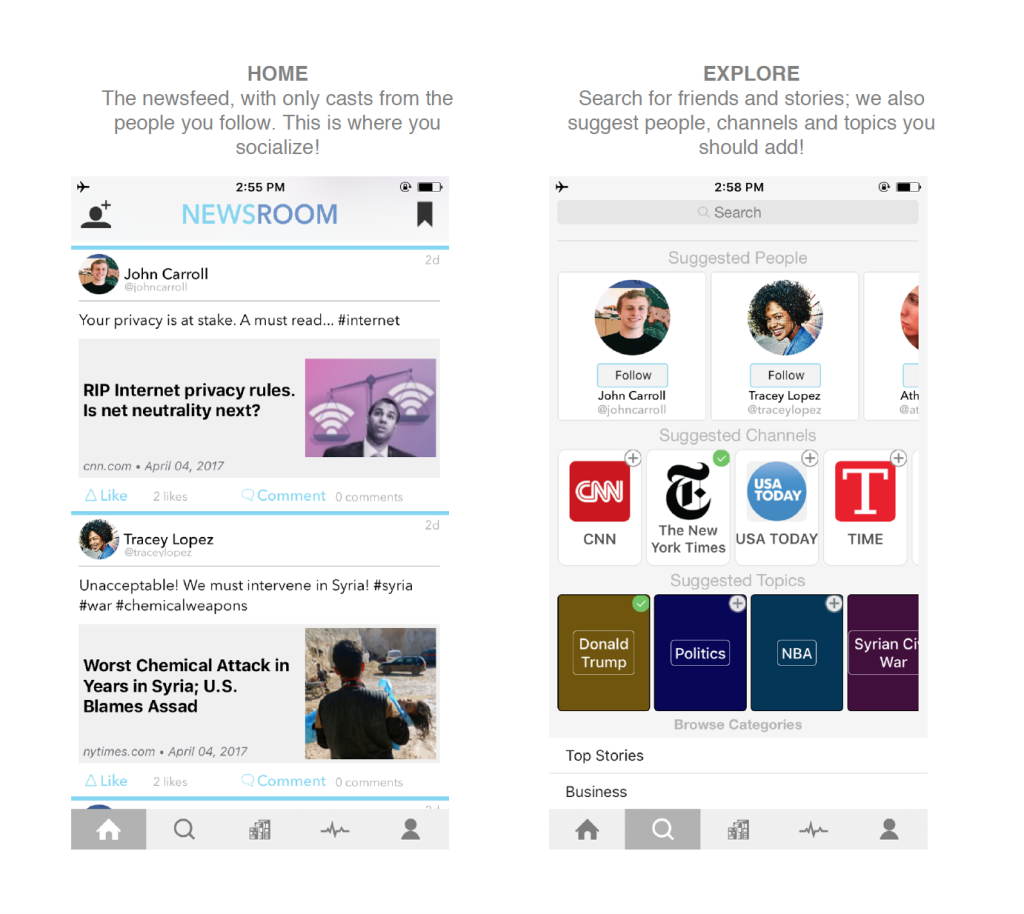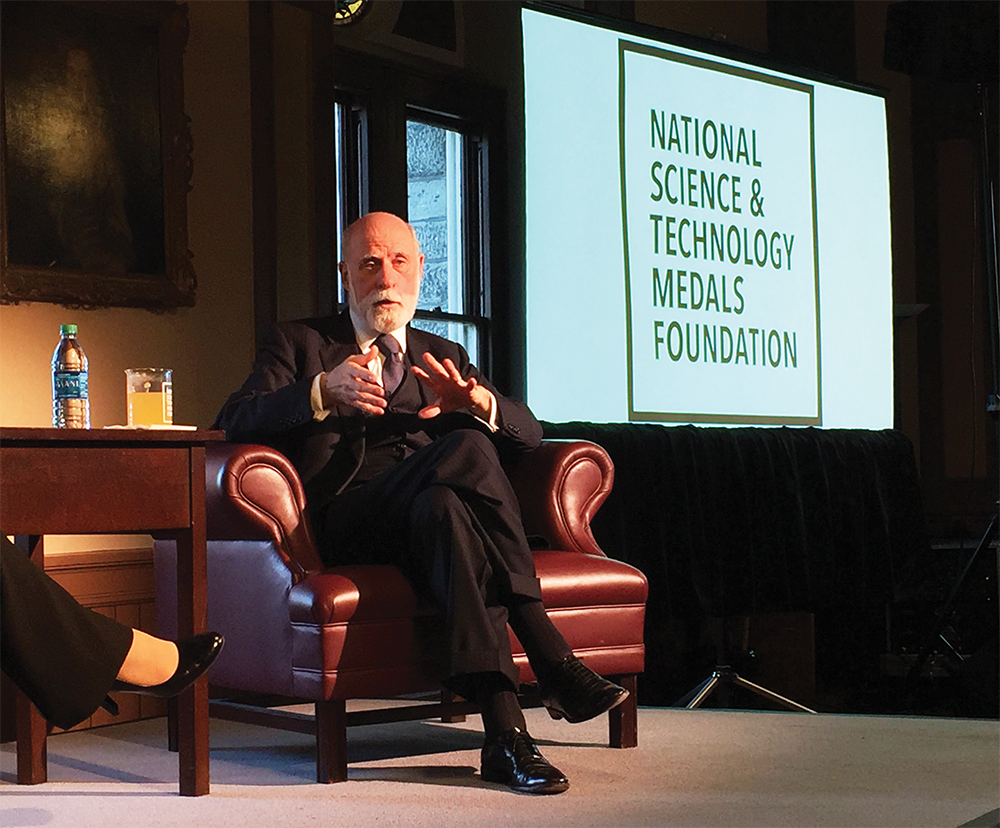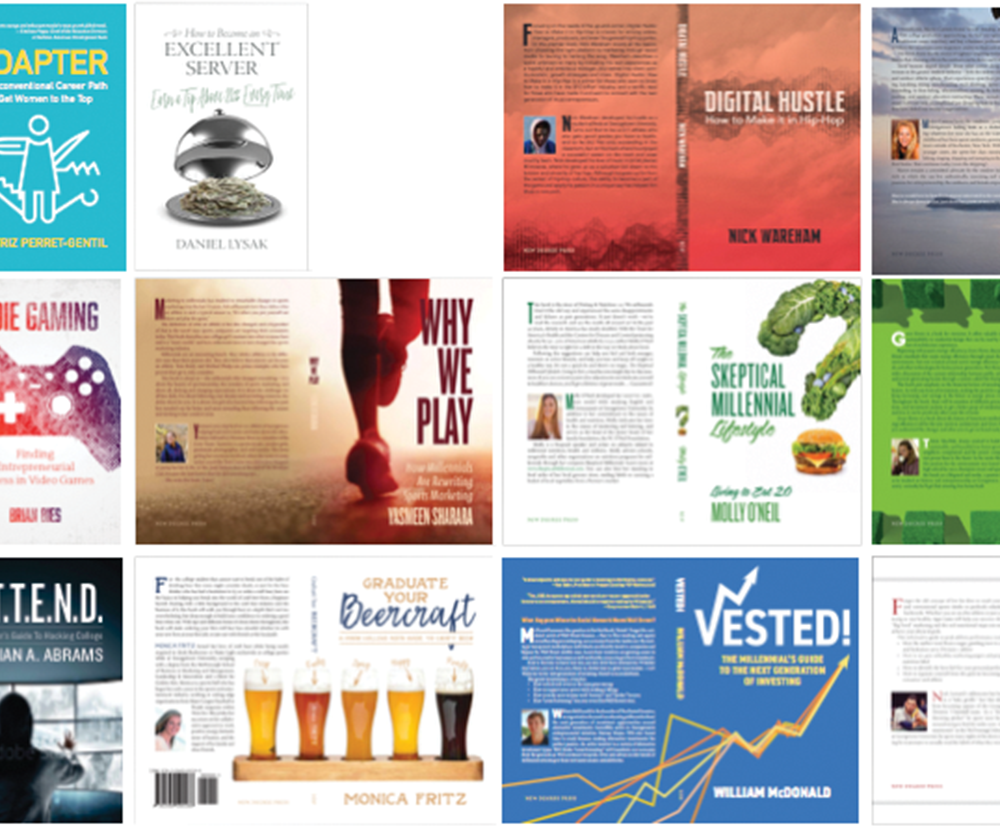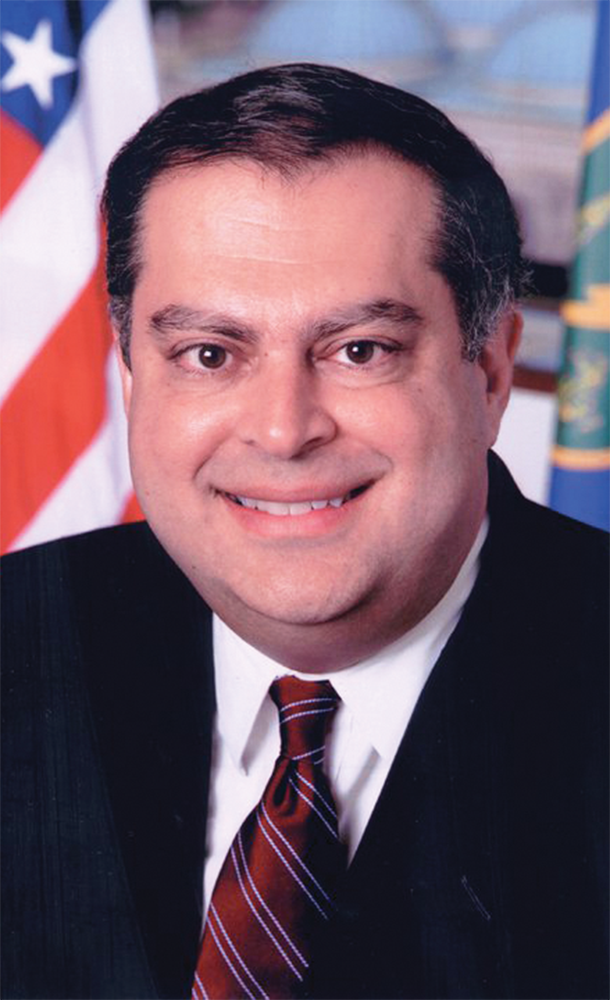Earlier this month, Apple Inc. CEO Tim Cook delighted fans when he announced toward the end of a special media event that there was “one more thing” he wanted to discuss. By alluding to the famous line that the company’s co-founder and former CEO Steve Jobs used to introduce revolutionary technology, Apple’s message could not have been more clear: the company was going to announce something big.
For the first time since the death of Jobs in 2011, Apple introduced the world to a completely new product: the Apple Watch. New, at least for Apple.
The Apple watch comes at a time when just about every major consumer electronics firm has already released its take on the “smart watch.” However, the consumer feedback from these devices has been decidedly tepid. Even those interested enough to purchase one often say that after using it, they just don’t see the point. Many consumers aren’t sure if they are ready to pay a premium (the Apple watch starts at $350) for one more device that they must charge, upgrade and keep track of. To many, the concept just seems like an expensive headache.
Apple has set out to change this. In the face of competition from Android Wear and Google Glass, Apple hopes to be the first to usher in the age of mainstream wearable technology.
To take full advantage of it, the watch must be tethered to an iPhone 5 or later in order to control the music player on your phone, track your activity and fitness with heart rate measurements, send and receive messages, answer and make calls, record audio and serve as a handheld portal to third-party apps. Apple has already demonstrated some innovative apps for the device, including drawing doodles that show up on a friend’s wrist, adjusting your home thermostat and sending vibrating “love taps” or emojis to other friends with Apple Watches. It can make payments via the new Apple Pay system, which was announced at the same event, control Apple TV and act as a remote for connected smart home devices. You can even check the time without having to pull out your phone.
For many, its actual necessity is in question. Critics have already mocked the device, stating that it is effectively a glorified smartphone strapped to your wrist. Furthermore, many believe the usefulness of the device is crippled by its battery life, which Apple says will last for “about a day,” requiring you to charge your watch, along with your other devices, every evening.
However, it is important to remember that people were highly skeptical of devices like the iPad — calling it just a big phone — which is now hugely popular and has created a multi-billion dollar tablet sector.
While the smart watch trend has yet to catch on, Apple has an almost perfect record of taking niche technologies and turning them into mainstream must-have devices. If any company can make a smart watch cool, it’s Apple, and it’s clear the company invested a great deal of time and energy into the appearance of the watch.
Created under the supervision of designer Jony Ive (the mind behind the MacBook, iPhone, iOS 7 and more), the watch is considered by many to be better looking than just about any wearable device on the market. However, like all of Apple’s products, design comes at a price, and the Apple Watch is very much a luxury.
An even pricier version comes in 18 karat gold and retails for an estimated $1,200. While wealthy consumers are historically willing to splurge on their wrist wear, the Apple Watch is still a significant risk for the company as they try to promote a product that is not guaranteed to be popular to a higher socioeconomic consumer class.
The question that remains is whether or not a post-Steve Jobs Apple can still convince the world it must pay a premium for one more piece of trendy technology. While the Apple Watch may become coveted, it still could add to the difficulties of a world where paying attention and staying focused are already difficult, where we are perpetually assaulted by notifications, where our responsiveness to social media is required and where we are utterly reliant on devices with unreliable battery life.
Henry Parrott is a senior in the School of Foreign Service.


